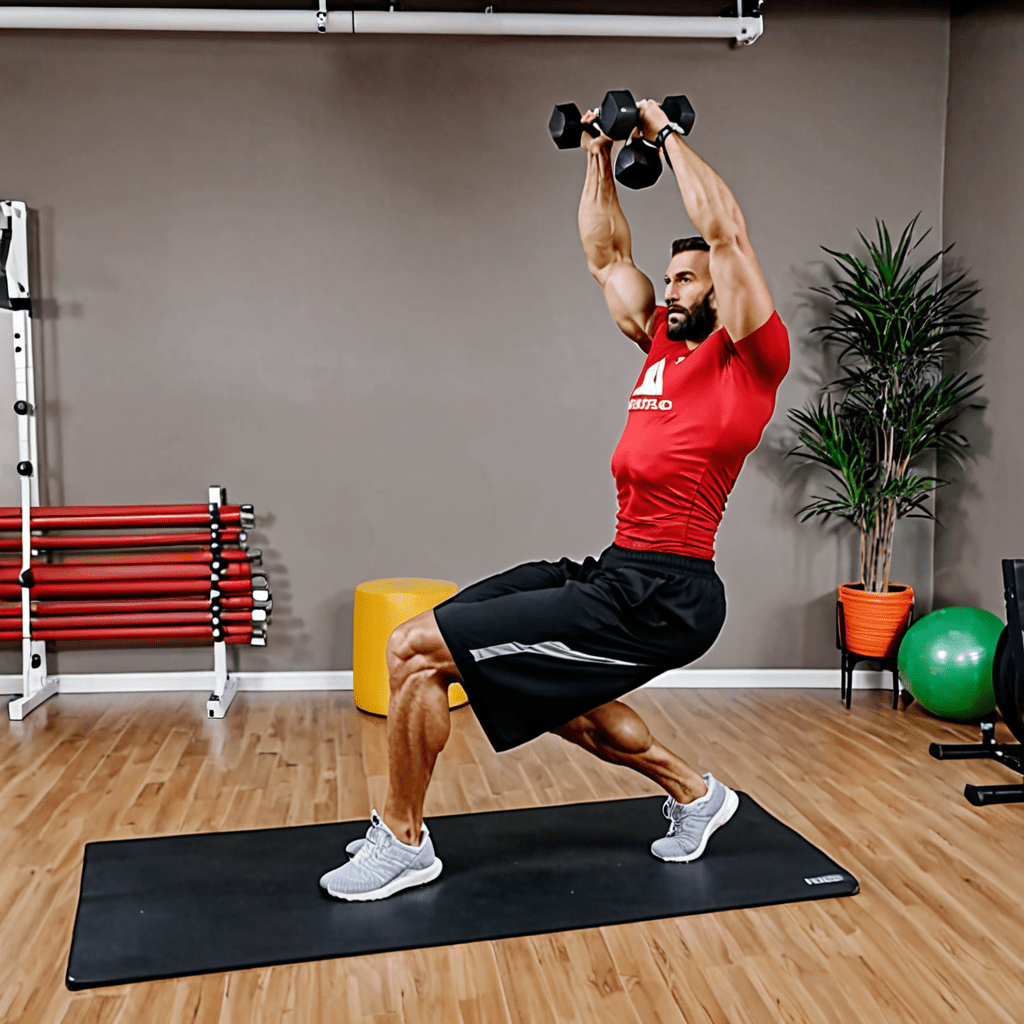
The Role of Stability Training in Core Strength and Injury Prevention at Home
Stability training is a crucial component of enhancing core strength and preventing injuries, especially when done at home. By incorporating stability exercises into your workout routine, you can improve your balance, posture, and overall physical performance. Let’s delve deeper into why stability training is essential for your health and well-being.
What is Stability Training?
Stability training focuses on improving muscle control, coordination, and balance. It involves exercises that challenge your body to maintain proper alignment and posture while performing various movements. These exercises target the core muscles, including the abdominals, obliques, and lower back, which are essential for stability and overall strength.
The Importance of Core Strength
Your core muscles act as the foundation for almost every movement your body makes. A strong core not only improves athletic performance but also helps prevent injuries in daily activities. By incorporating stability training to strengthen your core, you can enhance your balance and stability both during exercise and in everyday tasks.
Benefits of Stability Training at Home
One of the advantages of stability training at home is the convenience and accessibility it offers. You can perform simple yet effective stability exercises without the need for specialized equipment. By consistently engaging in these exercises, you can gradually improve your core strength and reduce the risk of injuries.
Examples of Stability Exercises
Some common stability exercises you can incorporate into your home workout routine include planks, bird dogs, bridges, and stability ball exercises. These exercises target different muscle groups within the core and help enhance overall stability and balance.
Tips for Effective Stability Training
When engaging in stability training at home, it is essential to focus on proper form and technique. Start with basic exercises and gradually progress to more challenging ones as your strength improves. Consistency is key, so aim to include stability training in your routine at least 2-3 times per week for optimal results.
Conclusion
Stability training plays a vital role in improving core strength, enhancing balance, and preventing injuries, making it a valuable addition to your home workout regimen. By dedicating time to stability exercises and prioritizing your core muscles, you can reap the benefits of increased stability, improved posture, and overall physical well-being.
The Role of Stability Training in Core Strength and Injury Prevention at Home
What is stability training and how does it contribute to core strength?
Stability training focuses on improving balance and control of the body’s muscles. It helps strengthen the core muscles, including the abdominals, obliques, and lower back, which are crucial for overall stability and posture.
How can stability training help prevent injuries at home?
By enhancing core strength and stability, stability training can reduce the risk of injuries, especially during everyday activities at home. Strong core muscles provide better support to the spine and body, lowering the chances of strains or falls.
What are some effective stability training exercises that can be done at home?
Simple exercises such as plank variations, bird dogs, and bridges can effectively target the core muscles and improve stability. These exercises can be modified to suit different fitness levels and can be performed at home without the need for specialized equipment.


